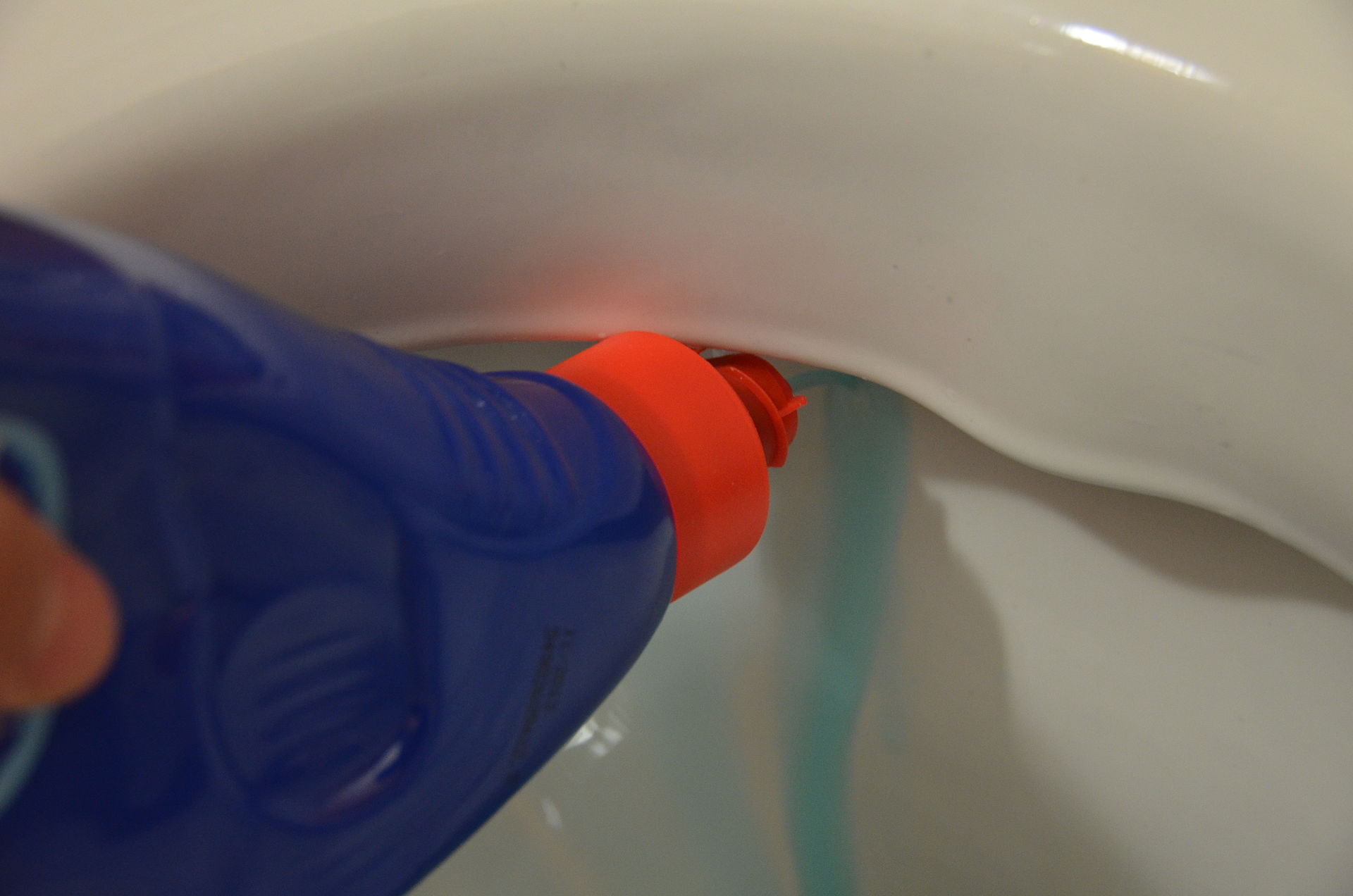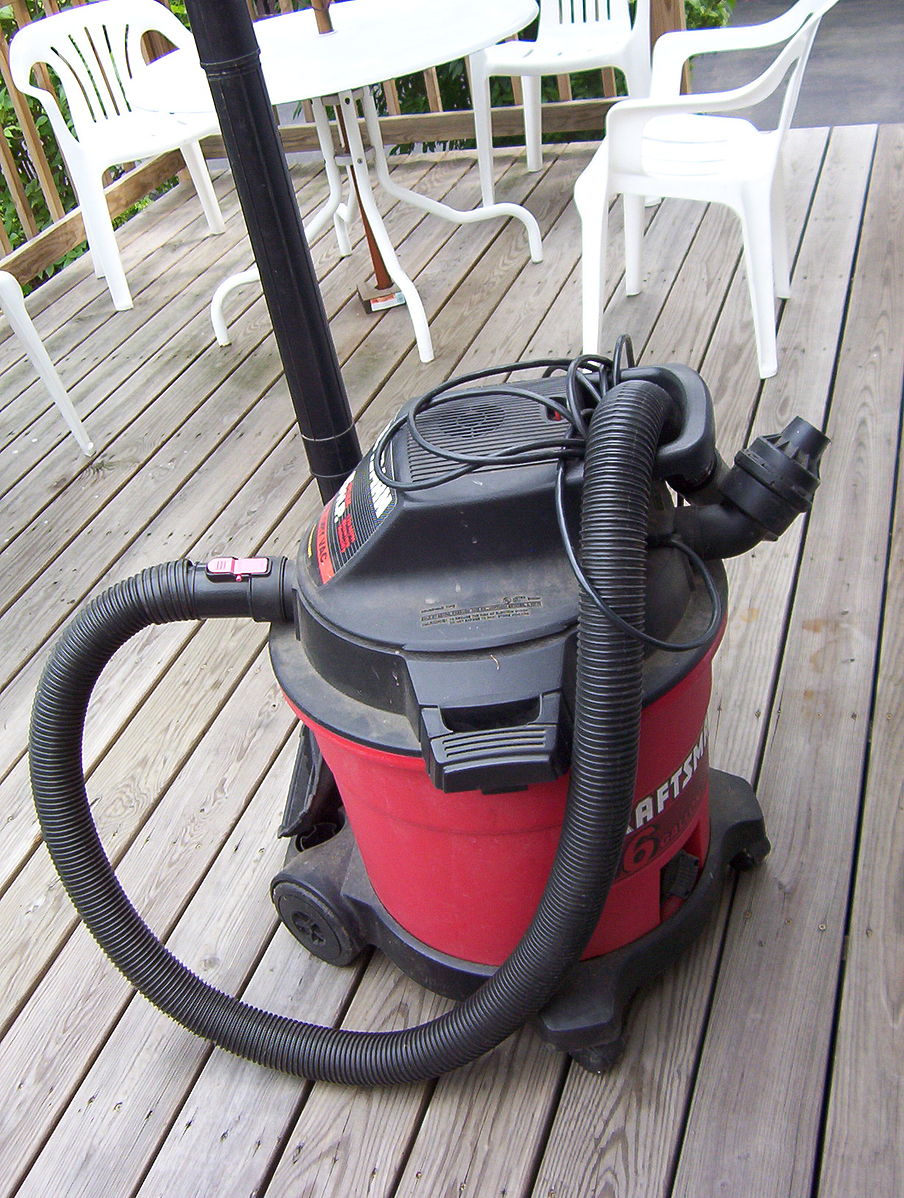 (412) 364-9114
(412) 364-9114

Clearing a clog can be a headache. Many people turn to Drano and other harsh chemical cleaners, but they may not be safe in some situations. Read on to learn the truth about Drano, when its okay to use, and how less harsh alternatives can get the job done just as well.
Drano has long been advertised as a quick and easy way to eliminate clogs and prevent septic tank backup. However, many plumbers advise against using Drano at all. Liquids placed in the toilet will sit for a while. The chemicals in Drano are volatile and may heat up to extreme temperatures, cracking the porcelain in the toilet. Older units may be more vulnerable to damage, and repairs can ending up costing quite a bit. In rare cases, Drano may react with other chemicals in the toilet water and cause an explosion. Some users have reported chemical burns from Drano spraying back up out of the toilet.
There are plenty of ways to clear toilet clogs without harsh chemicals. Before you attempt any of these methods, wear a pair of rubber cleaning gloves and cover the floor around the toilet with newspaper to mitigate potential overflow. You can also apply many of these methods to other clogs in the home, such as in kitchen sinks.
 Wet/dry vacuum: Also known as a shop vac, these devices are built to suck in liquids. Use the shop vac to remove standing water from your toilet. Empty the vacuum, then insert the suction tube into the toilet. Turn on the vacuum. If removable, the clog will be sucked out shortly. Do not attempt to suck out clogs with a regular household vacuum.
Wet/dry vacuum: Also known as a shop vac, these devices are built to suck in liquids. Use the shop vac to remove standing water from your toilet. Empty the vacuum, then insert the suction tube into the toilet. Turn on the vacuum. If removable, the clog will be sucked out shortly. Do not attempt to suck out clogs with a regular household vacuum.When used sparingly, Drano and similar chemical products may be effective for clearing clogs in shower drains and kitchen sinks. Some Drano products come in dissolving crystals specifically for these uses. You should still think twice before using Drano in ceramic toilets and bathroom sinks. In most cases, mechanical removal and less harsh household cleaning products get the job done. Don’t try anything you’re not comfortable with. Consult your local plumber for more safe clog clearing tips.